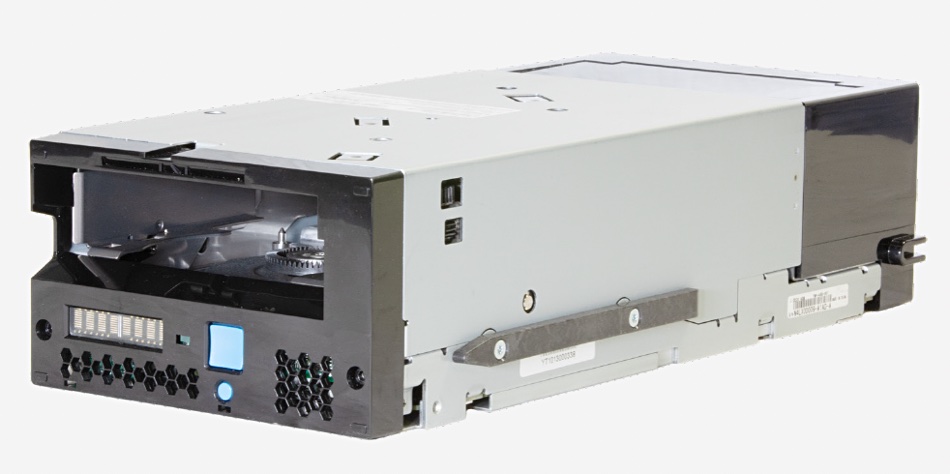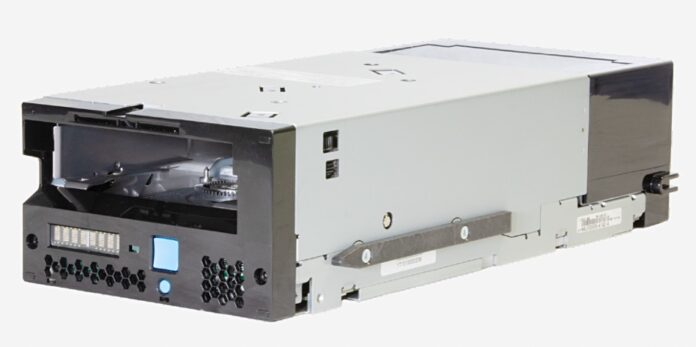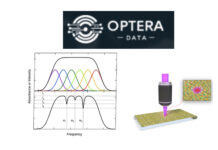IBM has announced its latest TS1170 tape drive with 50TB cartridges, more than 2.5 times larger than LTO-9 cartridges.
IBM, which manufactures the LTO tape drives sold by itself, HPE, and Quantum, has its own proprietary tape formats used in its TS1100 series drives and Jx format media. The latest TS1170 drive supports 50TB JF media cartridges with 150TB compressed capacity through 3:1 compression. The prior TS1160, announced in 2018, supported JE media with capacities of 20TB raw and 60TB compressed.

The TS1170 drive operates at 400MBps raw throughput and supports both 12gig SAS and 16gig FC connectivity. It is also recognized as LTFS-ready. However, JF media is not backwards-compatible with the earlier JE specification.
The new tape cartridge media, also called 3592 70F, uses Strontium Ferrite particle technology. Fujifilm has demonstrated a 580TB raw capacity tape using Strontium Ferrite particles so there is a lot of runway for future capacity increases.
LTO-9 tapes hold 18TB raw and 45TB compressed, less than IBM’s JE format tapes. The LTO tape roadmap has a coming LTO-10 specification with 36TB raw/90TB compressed capacity. Where IBM uses a 3:1 compression ratio, the LTO group uses 2.5:1. An IBM TS4500 tape library, using the JF cartridges, will be able to hold the same amount of data as an LTO-9-based library but with more than three times fewer tapes thanks to IBM’s large capacity tape and greater compression. Even when LTO-10 tape technology arrives, the TS4500 will still have a better density in terms of TB per cartridge.
The LTO (Linear Tape-Open) organization was founded to provide an open industry standard format to replace various proprietary tape formats such as Quantum’s S-DLT and DLT. But since only IBM makes LTO tape drives and these drives use media from Sony and Fujifilm, IBM has a lock on the LTO tape format.
LTO group members HPE and Quantum are dependent upon IBM and can do nothing to get LTO tape cartridge capacity up to the IBM TS1170/JF level unless they develop their own drives. If they do this, they may have to lose some backwards-compatibility. With IBM’s dominant presence in the LTO space, competitors would need significant investment to establish a foothold.








